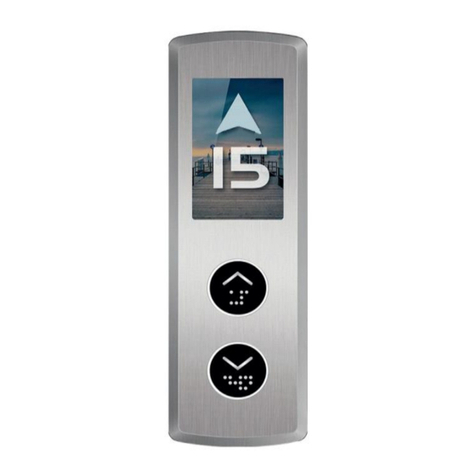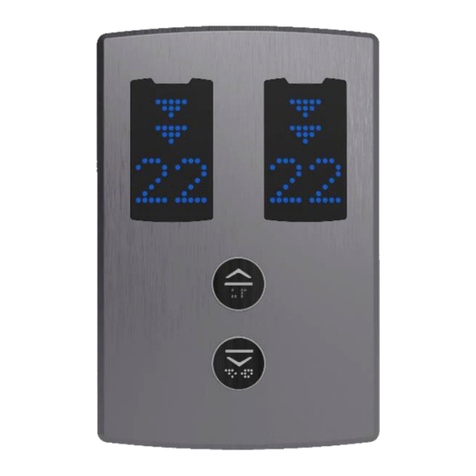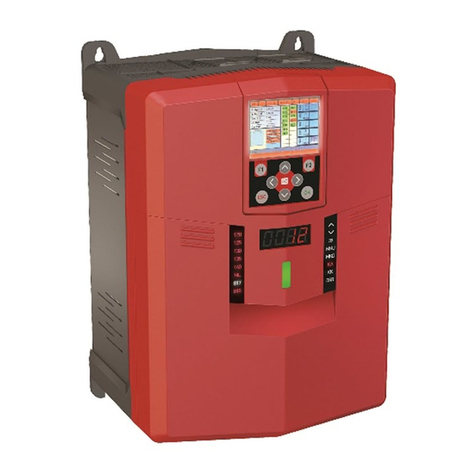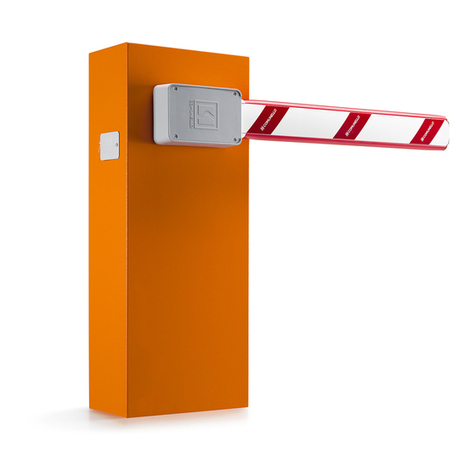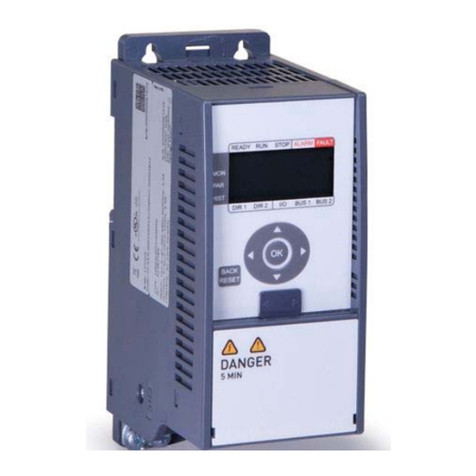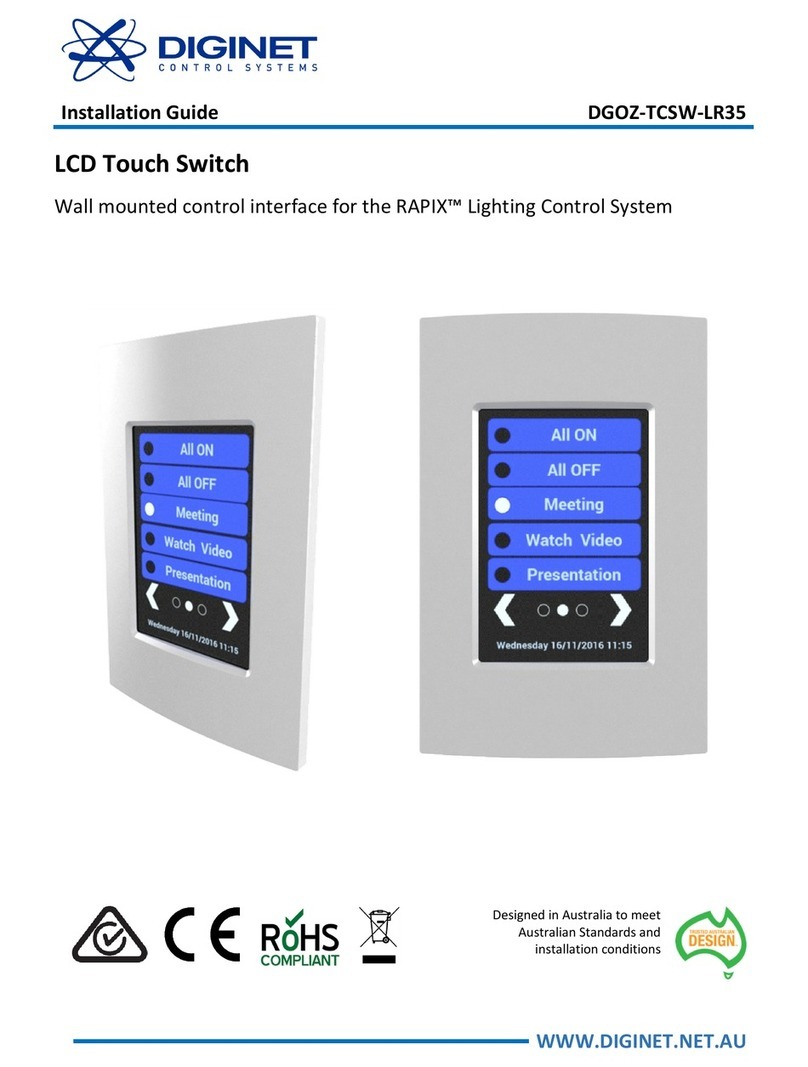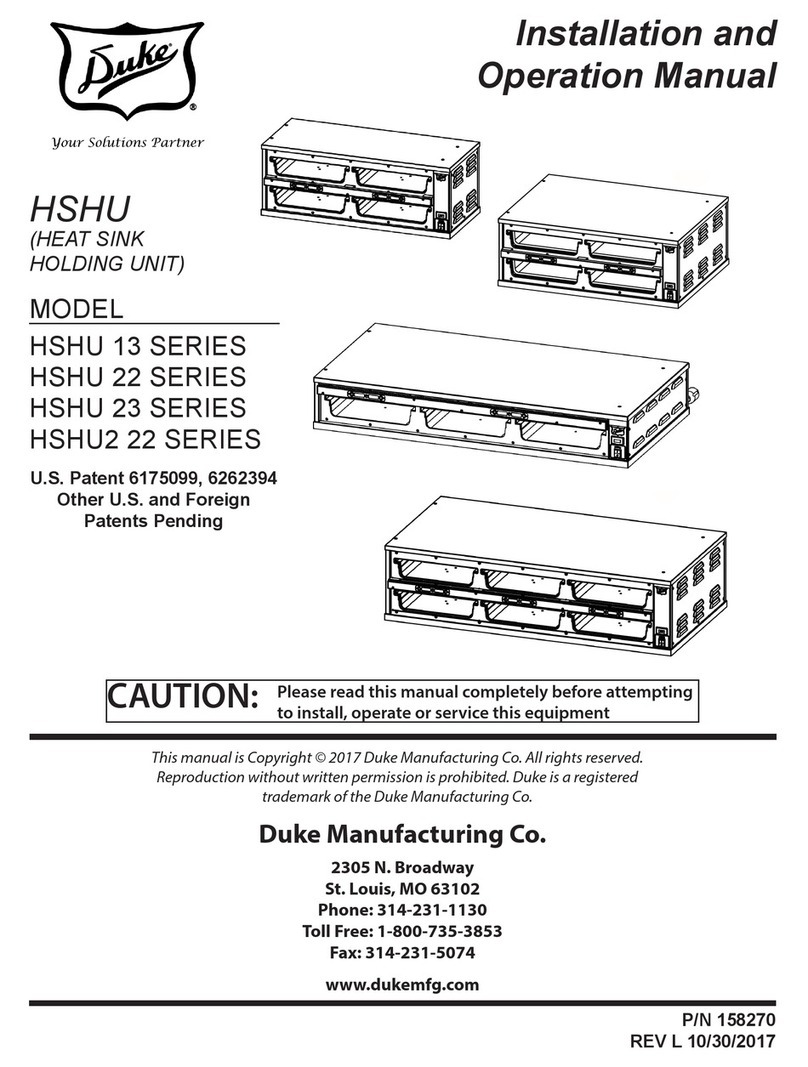
1
A.PREFACE
This document is written to guide installation of the lift controller for pre-wired system. It guides the installation of
electric system of the lift. This document should be used in together with AE-SMART Monoblock Lift Control user
manuals.
Pre-Wired system has been designed to make installation easier and faster. All the cables have either plug and play
connectors if they are going to be connected to another socket or dummy terminals to avoid any short circuit. There
are labels on all free cables and cable groups with their related information written on them. To avoid any wrong
connection, check the labels before connecting any socket or terminal.
CAUTION
This document is a quick installation document and does not contain complete information.
For more detailed information refer to the user manual of the Monoblock Device.
The scope of this manual is limited only to electrical parts.
Installation must be performed only by authorized persons.
Check the labels before connecting any socket or terminal.
Do not leave the lift in normal mode before completing and testing the system properly.
Disconnect the battery sockets when you have finished with the installation and keep them unplugged
until the lift will be opened for normal service.
This guide is a kind of a technical proposal. Testing and confirming safety parts and functions are under
the responsibility of the lift company.
APPENDIXES:
AP01-FLOOR LEVEL ADJUSTMENT
AP02-CAR OPERATING PANEL
AP03-LANDING OPERATING PANEL
AP06-PRE-TORQUE AND LOAD MEASURING DEVICE

